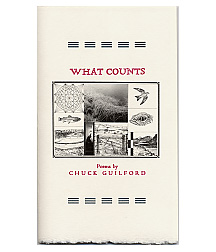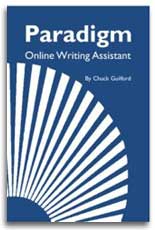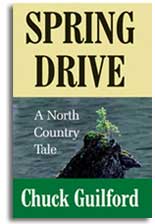Relative Clauses
One effective way of combining ideas into a single sentence is to place one of the ideas in a relative clause. This means that one of the ideas is joined to the base clause with a relative pronoun, such as who, whom, whose, which, or that. After looking at the following example, you'll probably recognize this as a familiar process.
Uncombined: Albert Einstein suffered from dyslexia. Albert Einstein formulated the theory of relativity. Changing: Albert Einstein suffered from dyslexia. (who) formulated the theory of relativity.
Combined: Albert Einstein, who formulated the theory of relativity, suffered from dyslexia.
You can see how our substitution of the relative pronoun "who" for "Albert Einstein" allows us to fold one sentence into the other. You may have noticed also that the second sentence could have served as the carrier and the first as the relative. Thus you could write either of the following, depending on what you wanted to emphasize.
Albert Einstein, who formulated the theory of relativity, suffered from dyslexia.
or:
Albert Einstein, who suffered from dyslexia, formulated the theory of relativity.
Both sentences are correct, and when they appear in isolation like this, it's hard to say which is better. What can we say, though, is that the effects of the sentences are very different. The first emphasizes Einstein's dyslexia, and the second emphasizes his formulation of the theory of relativity. As you can see, the idea in the base clause, or carrier, receives emphasis.
... you'll probably recognize this as a familiar process.
Choosing a relative pronoun needn't be difficult if you remember a few guidelines:
1. Who and whom are used to refer to people.
The one who pays the piper calls the tune.
Uncle Teddy, whom you haven't met, is a rare bird.
2. Whose is used to show possession.
I caught a ride with Tony, whose car barely made it up the hill.
3. Which is used to refer to animals and things.
Their guacamole, which I had never tasted before, turned out to be delicious.
The white cat, which Susan left behind in her move, took up residence in an abandoned Chevy.
4. That is used to refer to animals, things, and people.
The dream that I didn't nurture finally died.
The wild horses that roam central Oregon are becoming a problem.
The little girl that I'm looking for is my daughter.
Often, especially with whom and that, the relative pronoun may be omitted, making the sentence more compact and less formal.
The very people whom the senator held in contempt voted him out of office.
or:
The very people the senator held in contempt voted him out of office.
Alex returned the book that I had checked out from the library.
or:
Alex returned the book I had checked out from the library.
Before concluding this section on the relative clause, two final points should be noted. First, the antecedent of the relative pronoun must be immediately and unmistakably clear. See the discussion of pronoun reference if you need to review this. Second, nonrestrictive relative clauses should be set off with commas; see rule 3 for using commas, if you need to review this.
Activities
3.16 In each of the following sentences, boldface the base clause, italicize the relative pronoun and underline its antecedent, and use commas to set off the relative clause if necessary.
Example: Chubby Checker, who popularized the twist, isn't all that chubby.
a. He learned that trick from General Custer who used it at the Little Big Horn.
b. The course that you most dread often turns out to be the most needed.
c. Even watching television which is my favorite hobby grew boring.
d. This document was reviewed by an attorney whose understanding of the law is formidable.
e. Samuel T Broderick whose understanding of the law is formidable reviewed this document.
f. The last minister whom we liked was rather liberal.
g. The new restaurant that opened in the mall specializes in health foods.
h. A new restaurant that specializes in health foods opened in the mall.
i. Any money that you earn in tips must be reported on your income tax form.
j. All key terms are listed in the index which you will find in the back of the book.
3.17 Combine each of the following groups of sentences into a single sentence that contains at least one relative clause.
a. Peterson was elected chairman of the board. The board consists of eleven members. These members make all major policy decisions for the theatre.
b. The Foreign Relations Committee is currently conducting confirmation hearings. These hearings are expected to produce a recommendation for the nominee's approval.
c. The car was made in Italy. It looks like an imitation of a Hyundai.
d. A Justice sits on the bench of the Supreme Court. This is the highest court in the land. This justice is becoming senile.
e. The sunflower is the state flower of Kansas. It grows wild along roadsides. It is painted on state highway signs.
f. My cousin is a carpenter. This hutch was built by him.




